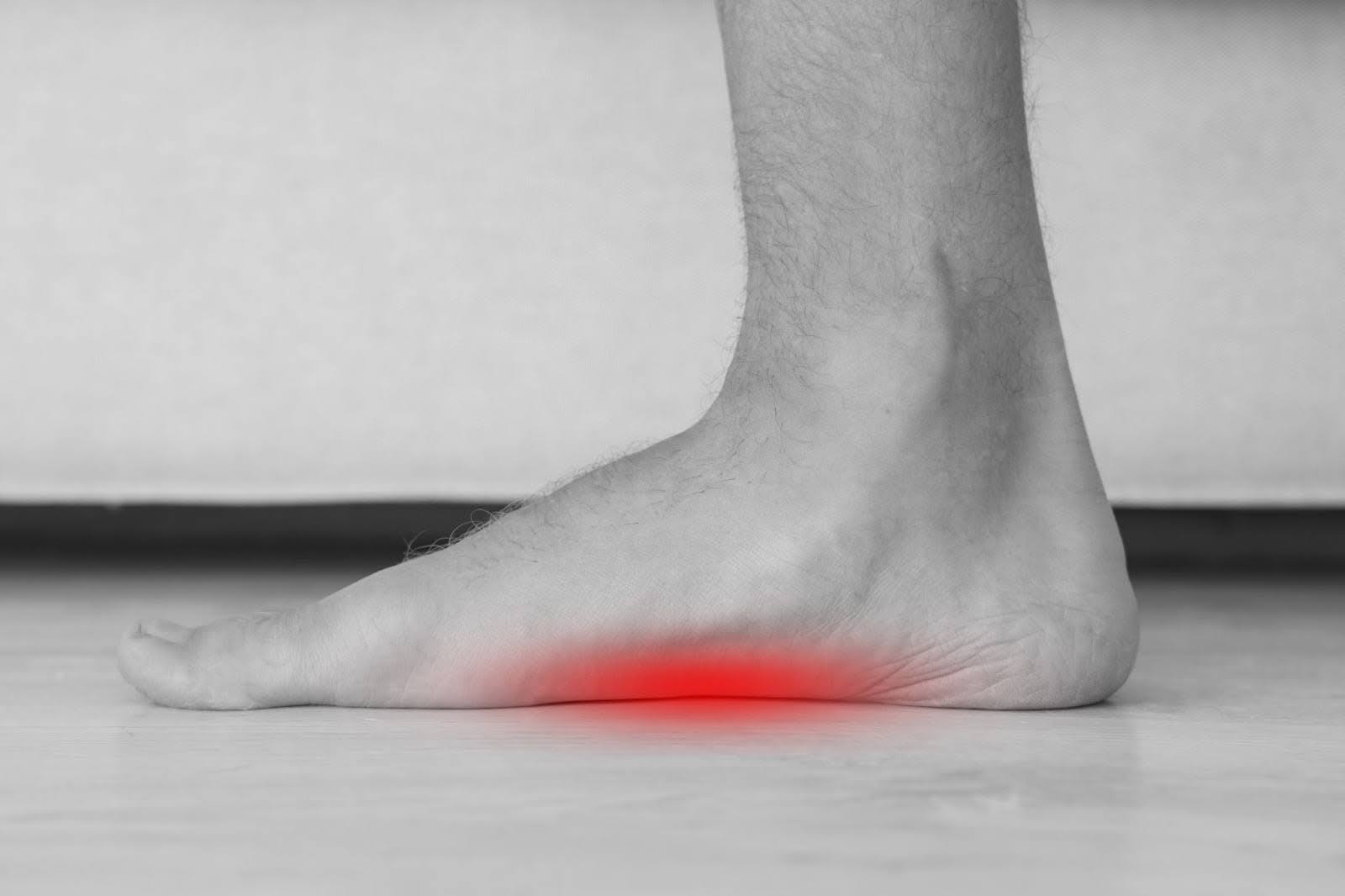Flat feet, also known as fallen arches, is a condition where the arches of the feet are either very low or completely absent. This condition is common among both adults and children and can sometimes cause discomfort or lead to other health problems. Understanding when to seek treatment and how to manage flat feet with the help of the best orthopedic doctor in Abu Dhabi can significantly improve quality of life.
What Are Flat Feet in Individuals?
Flat feet develop when the arch of the foot does not form correctly or flattens over time. This causes the entire sole to make contact with the ground while standing. The condition can be classified as flexible, where the arch is noticeable when sitting or standing on tiptoes, or rigid, where the arch remains absent in all positions. Flat feet can sometimes result in uneven weight distribution, which may contribute to pain or discomfort in the feet, knees, hips, or lower back.
Common Causes of Flat Feet in Children and Adults
Flat feet can result from various factors in children or adults, as per the below details:
a) Genetics: Some people inherit flat feet from their family.
b) Age: Over time, the tendons that support the arch can weaken, potentially causing the arches to collapse.
c) Injury: Trauma to the foot or ankle can damage the arch-supporting structures.
d) Medical Conditions: Conditions like arthritis or obesity can increase the risk of flat feet.
e) Delayed Development in Children: Children are born with flat feet, but most develop arches by the age of 6. If arches don’t develop, the child may have a continuous flat-foot condition.
In some cases, the condition may also be increased by prolonged standing, improper footwear, or activities that place excessive strain on the feet, such as high-impact sports.
Diagnosing Flat Feet in Individuals
A healthcare professional at a top hospital in Khalifa City will likely examine your feet while standing and walking. They may also use imaging tests such as X-rays, CT scans, or MRIs to assess bone alignment and soft tissue conditions.
These diagnostic methods help identify the root cause of the flat feet, whether it’s structural damage, inflammation, or tendon weakness. In some cases, additional functional tests may be conducted to evaluate the range of motion and strength of the affected foot.
How to Manage Flat Feet in Individuals
a) Supportive Shoes: Wear well-fitted shoes with adequate arch support and avoid high heels or poorly cushioned footwear.
b) Orthotic Devices: Custom shoe inserts can provide support and relieve discomfort.
c) Physical Therapy: Stretching and strengthening exercises can improve foot alignment and reduce pain.
d) Weight Management: Maintaining a healthy weight can reduce pressure on the feet.
e) Pain Relief: Over-the-counter pain relievers and ice packs recommended by the best orthopedic doctor near me can help manage inflammation.
f) Surgical Options: In severe cases where non-surgical methods are ineffective, surgery may be necessary. Procedures may include repairing tendons, correcting bone alignment, or fusing joints to stabilize the foot. For individuals whose flat feet interfere with daily life or physical activity, these surgical interventions can provide long-term relief and improved mobility.
Managing Flat Feet in Children
Flat feet in children are often painless and resolve naturally as they grow. However, seek medical advice from the best orthopedic doctor in Abu Dhabi if your child experiences:
- Pain in the feet, legs, or back.
- Difficulty walking or participating in physical activities.
- Continuously flat feet beyond the age of 6-7 years.
Treatment options for children may involve the below-mentioned approaches recommended by the ortho doctor near me:
a) Custom Orthotics: Inserts that support the arch and improve walking comfort.
b) Stretching Exercises: To strengthen foot and leg muscles.
c) Monitoring: Regular check-ups to track foot development.
Tips for Living Comfortably with Flat Feet
a) Choose Proper Footwear: Look for shoes with good arch support, cushioning, and stability.
b) Avoid High-Impact Activities: Replace running with low-impact exercises like swimming or cycling if your feet hurt.
c) Stay Active: Engage in foot-strengthening activities, like yoga or Pilates.
d) Listen to Your Body: Rest when needed and address any discomfort promptly.
e) Regular Check-Ups: Periodic visits to a specialist can help monitor any changes in foot structure and prevent long-term issues.
Hence, flat feet can range from being a harmless condition to a source of discomfort and mobility challenges. While many cases do not require treatment, others may benefit from medical intervention and care at the best hospital in Abu Dhabi. If you or your child experience symptoms, consulting a healthcare professional can help prevent complications and improve foot health.
Expert Care for Flat Feet at Tarmeem Orthopedic and Spine Specialty Hospital in Abu Dhabi!
Tarmeem Orthopedic and Spine Specialty Hospital provides expert care for individuals with flat feet, offering tailored solutions for both adults and children. With a multidisciplinary team of orthopedic doctors in Abu Dhabi along with specialists and physiotherapists, the hospital in Khalifa City ensures a comprehensive approach to diagnosis and treatment.
From advanced imaging techniques to assess foot structure to customized orthotics, physical therapy programs, and minimally invasive surgical options, Tarmeem addresses flat feet with precision and care. The best hospital in Abu Dhabi maintains a focus on patient-centered treatment plans that help reduce pain, restore mobility, and improve overall foot health, enabling patients to lead a more comfortable and active life.




